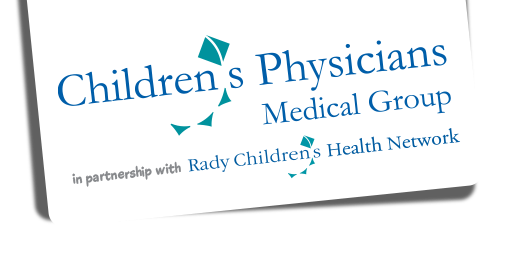by Peter Newton, M.D.
http://www.youtube.com/watch?v=5Ei8Zn8pNFc
What is Pediatric Scoliosis?
Scoliosis is the abnormal curvature of the spine. The spine is normally straight when viewed from the back; but in people with scoliosis the spine can bend to the right, left or can bend both ways. There can also be a twisting of the spine which can cause the rib cage to be asymmetric. Scoliosis affects approximately 3% of the pediatric population.
What Causes Scoliosis?
There are three types of scoliosis:
- The first type is neuromuscular scoliosis which is caused by poor neurological or muscular control of the spine and is typically seen in conditions such as cerebral palsy, spinal bifida and muscular dystrophy.
- The second type is congenital scoliosis which is present at birth and the deformity increases with growth, making the condition recognizable.
- The most common type of scoliosis in pediatric patients comes from unknown causes and is called idiopathic scoliosis.
Currently there is no clear cause as to why these patients have scoliosis; research is leaning towards an increased incidence among family members, which could suggest it to be a genetic condition.
What are the Signs and Symptoms of Scoliosis?
Some signs that parents should watch for in their children are:
- Uneven shoulders, shoulder blades, ribs, hips and waist.
- The child’s entire body is leaning to one side.
- There is a noticeable sideways curve of the spine when viewed from the back.
- The appearance or texture of the ribs sticking up on one side and the child bends forward.
How is Scoliosis Assessed?
A standard exam called the Adam’s Forward Bend Test is used by school nurses and Pediatricians to assess the presence of scoliosis. The patient leans forward with both feet together and then the clinician evaluates the patient’s spine. It is recommended that females are screened at least twice, at age 10 and again at age 12 and males are screened at age 13 and then at age 14. If scoliosis is detected the pediatrician will order an x-ray and use a scoliometer, which is an instrument that measures the trunk rotation, in some cases the doctor will also order an MRI.
How is Scoliosis Treated?
One quarter of the children diagnosed with scoliosis need medical attention. Treatment varies on the degree in curvature of the spine, the gender and age of the child and the probability of the curve progressing. The types of treatment used are observation, bracing and surgery.
- Observation is used when the curve of the spine is less than 25 degrees. In this case the spinal curve usually remains small and is observed by an orthopedist every four to six months during growth.
- Bracing is used when the curve of the spine is more than 25 degrees. The back brace is used to help support the spine and prevent progression of the curve of the spine while the child is still growing.
- Surgery is used in the treatment of scoliosis when the spinal curve is greater than 50° and a brace is found ineffective. The orthopedic surgeon will perform a spinal fusion, which will help straighten the spine and prevent further progression of scoliosis.
Pediatric Scoliosis Resources:
